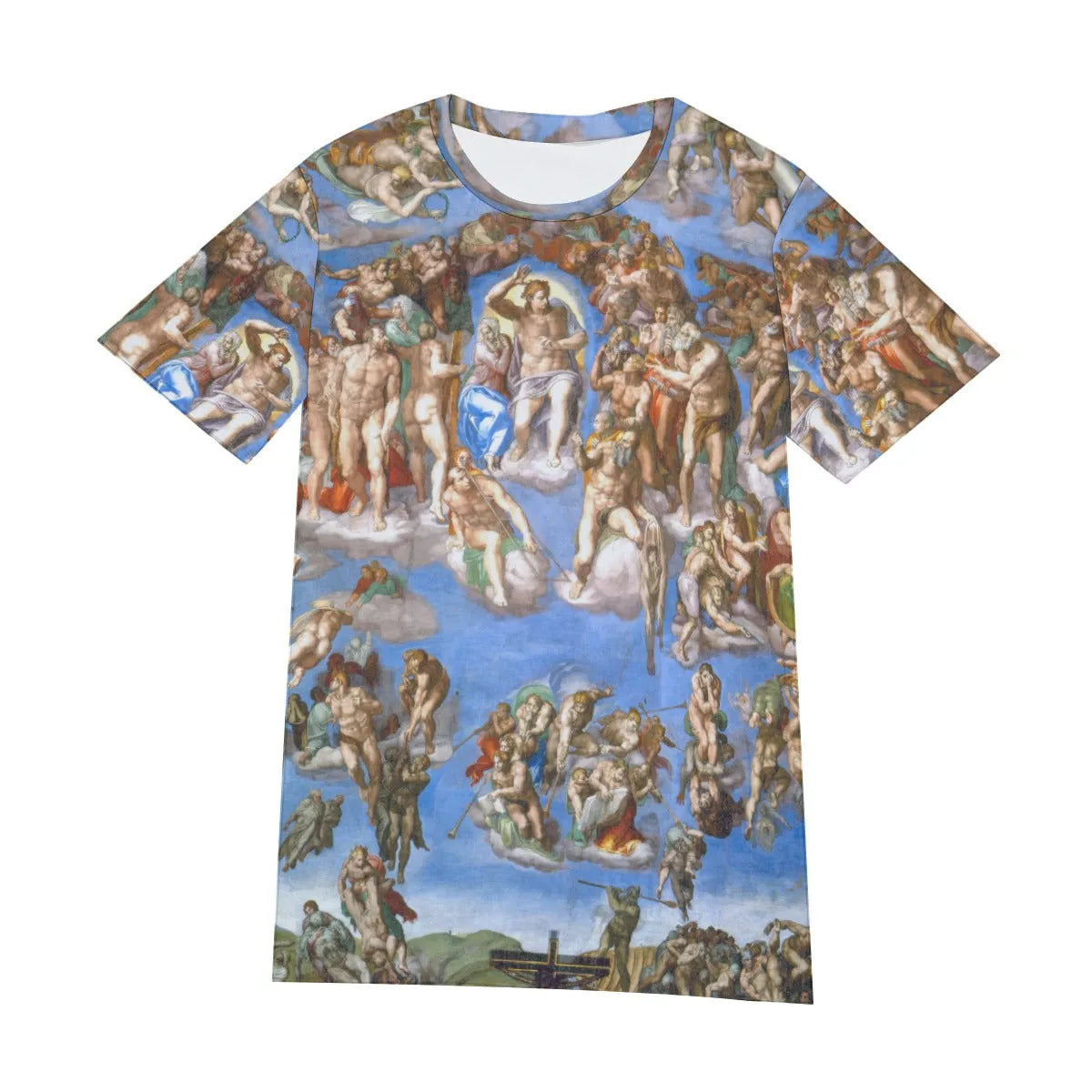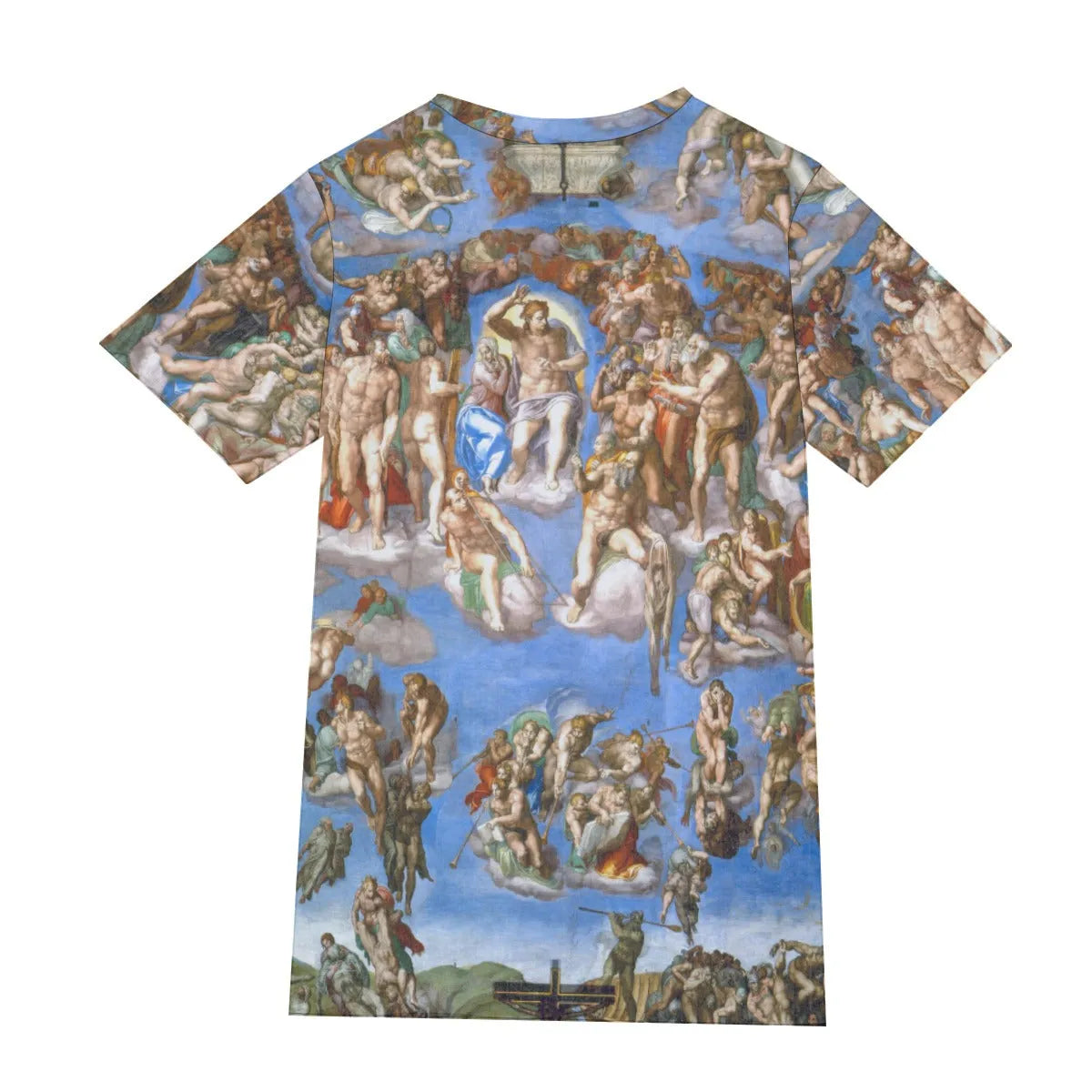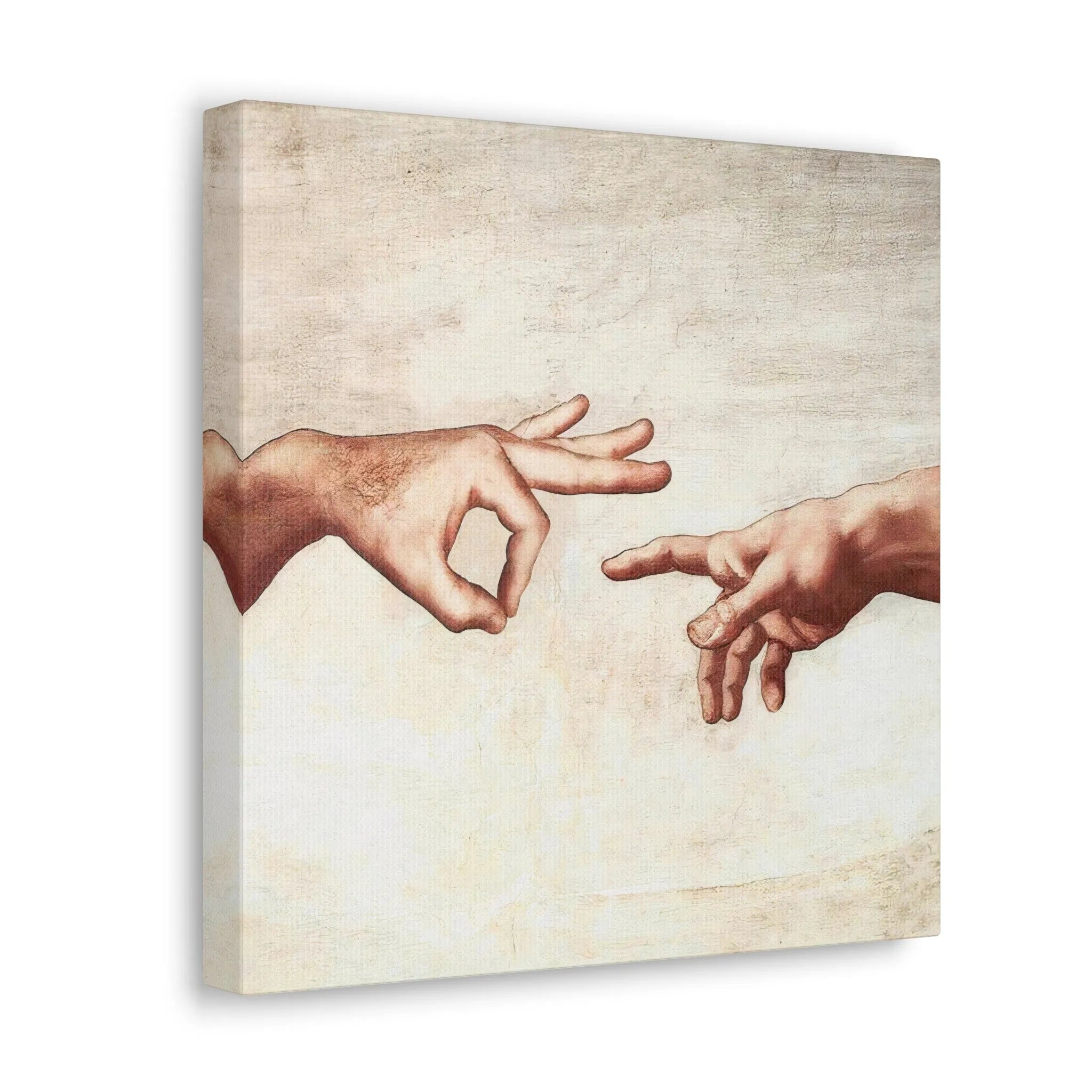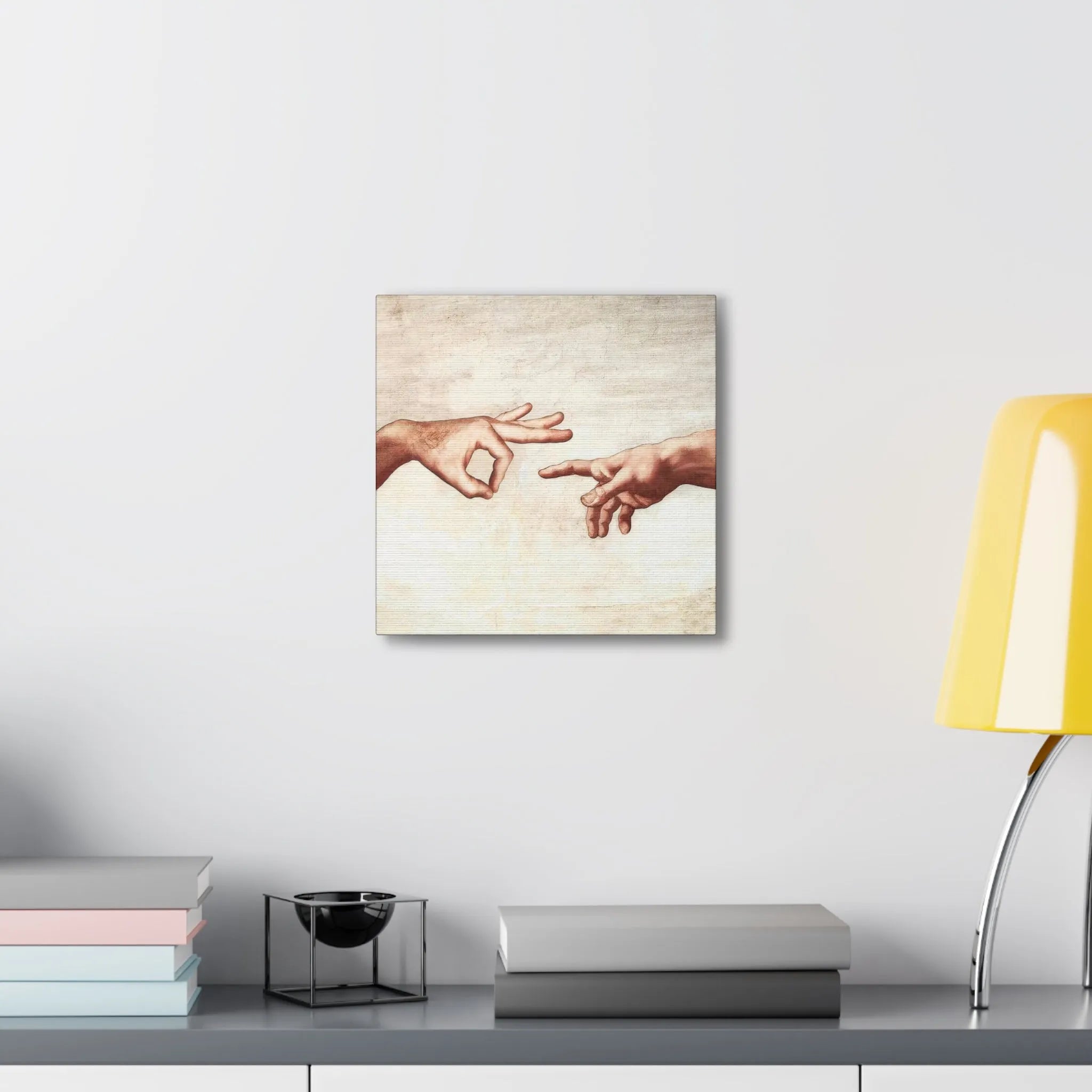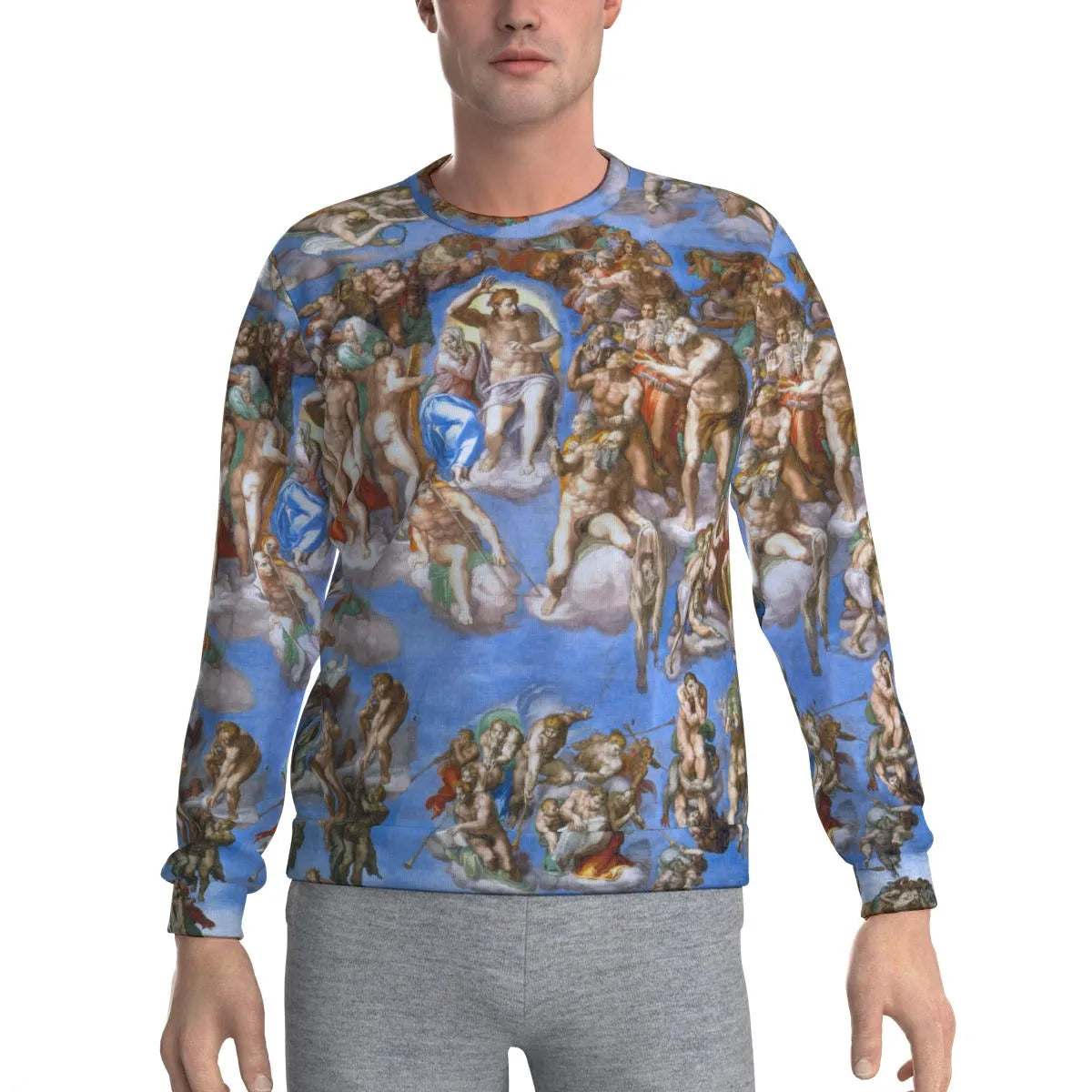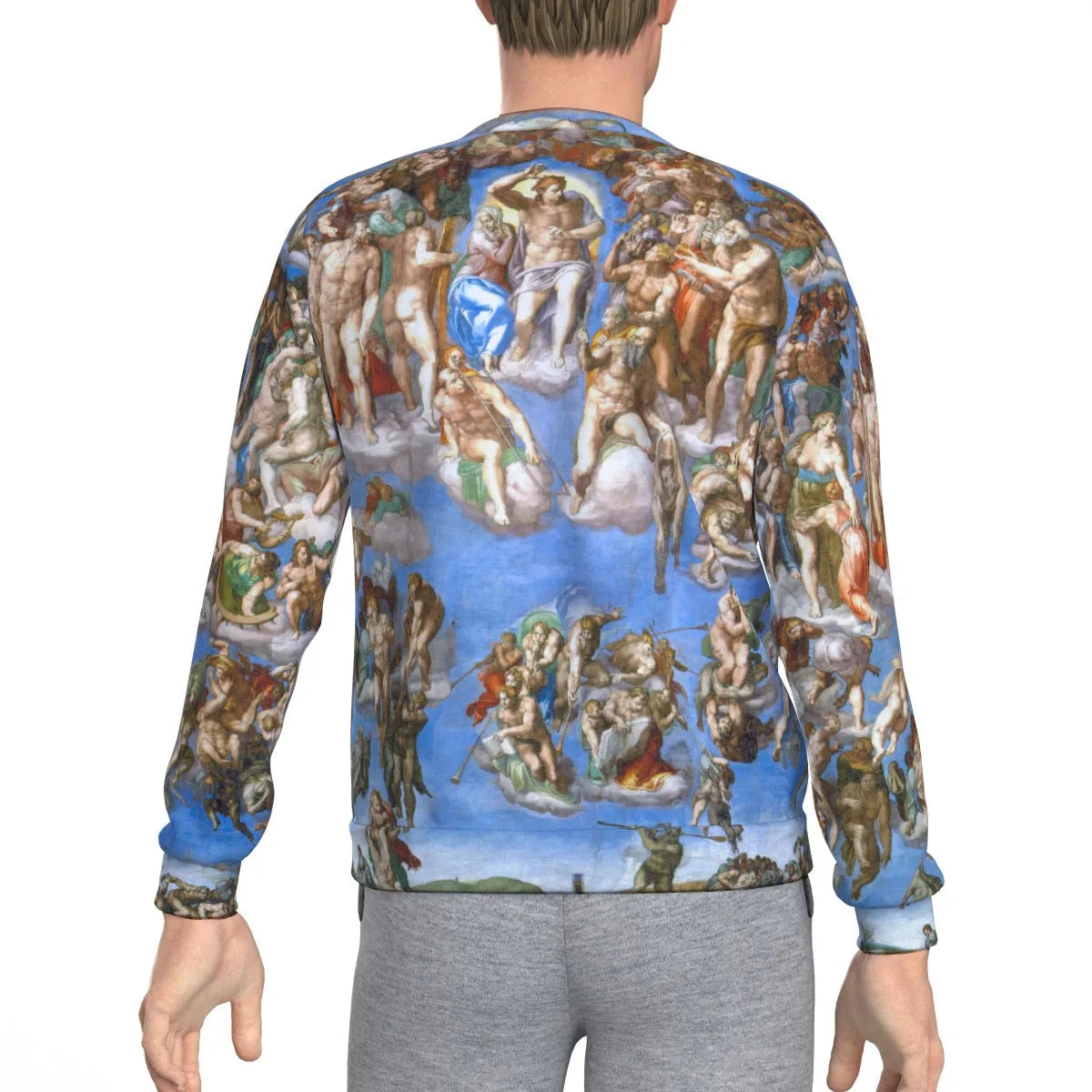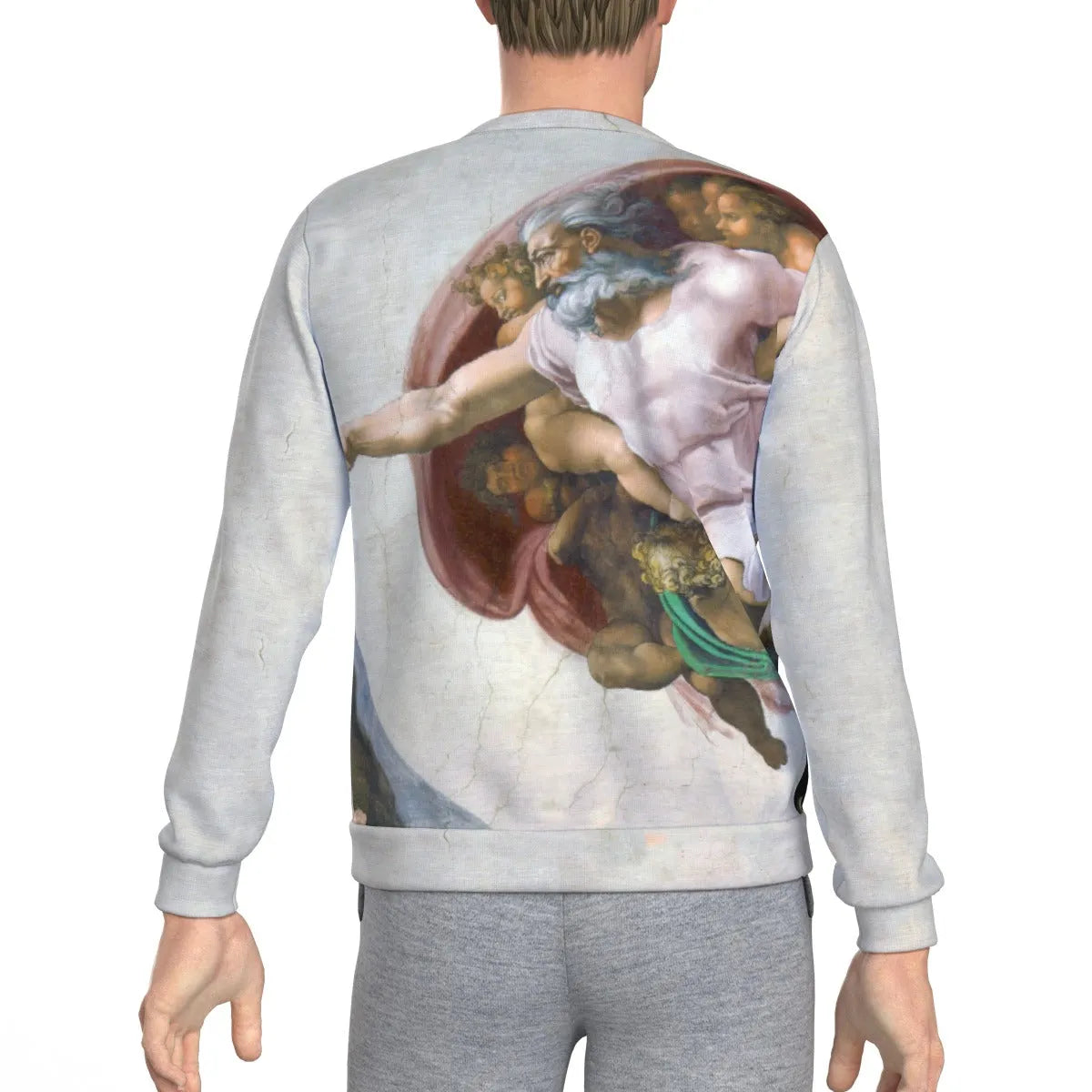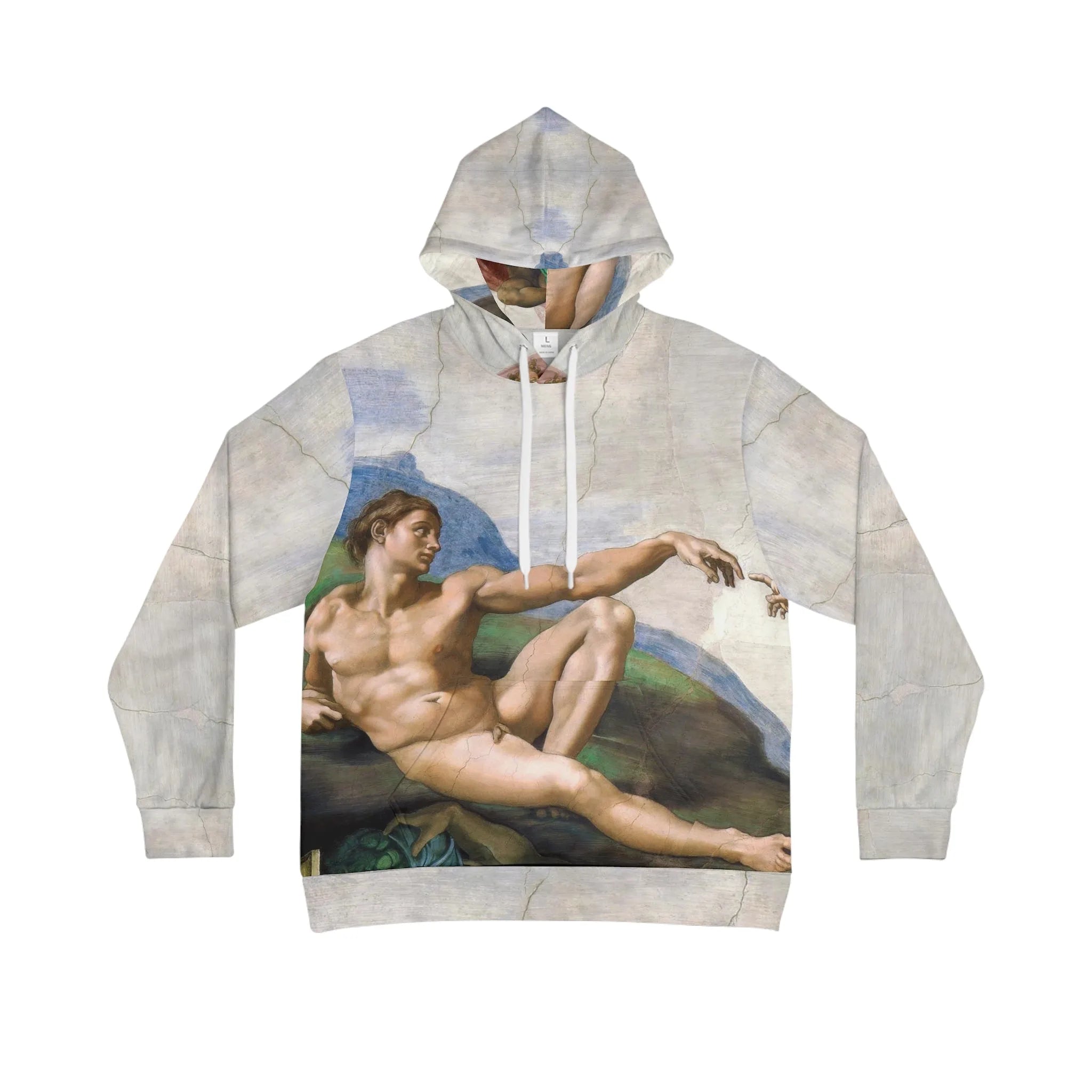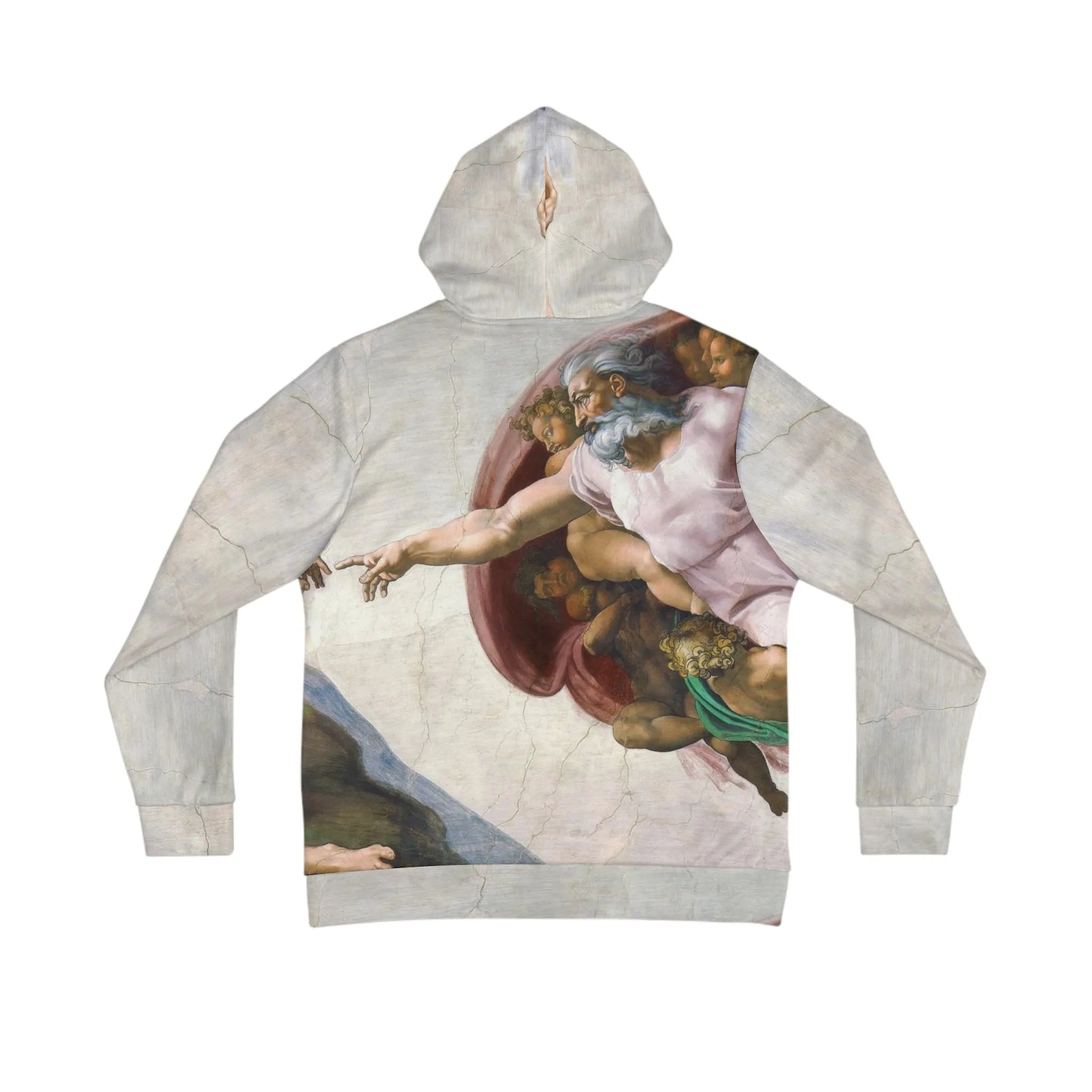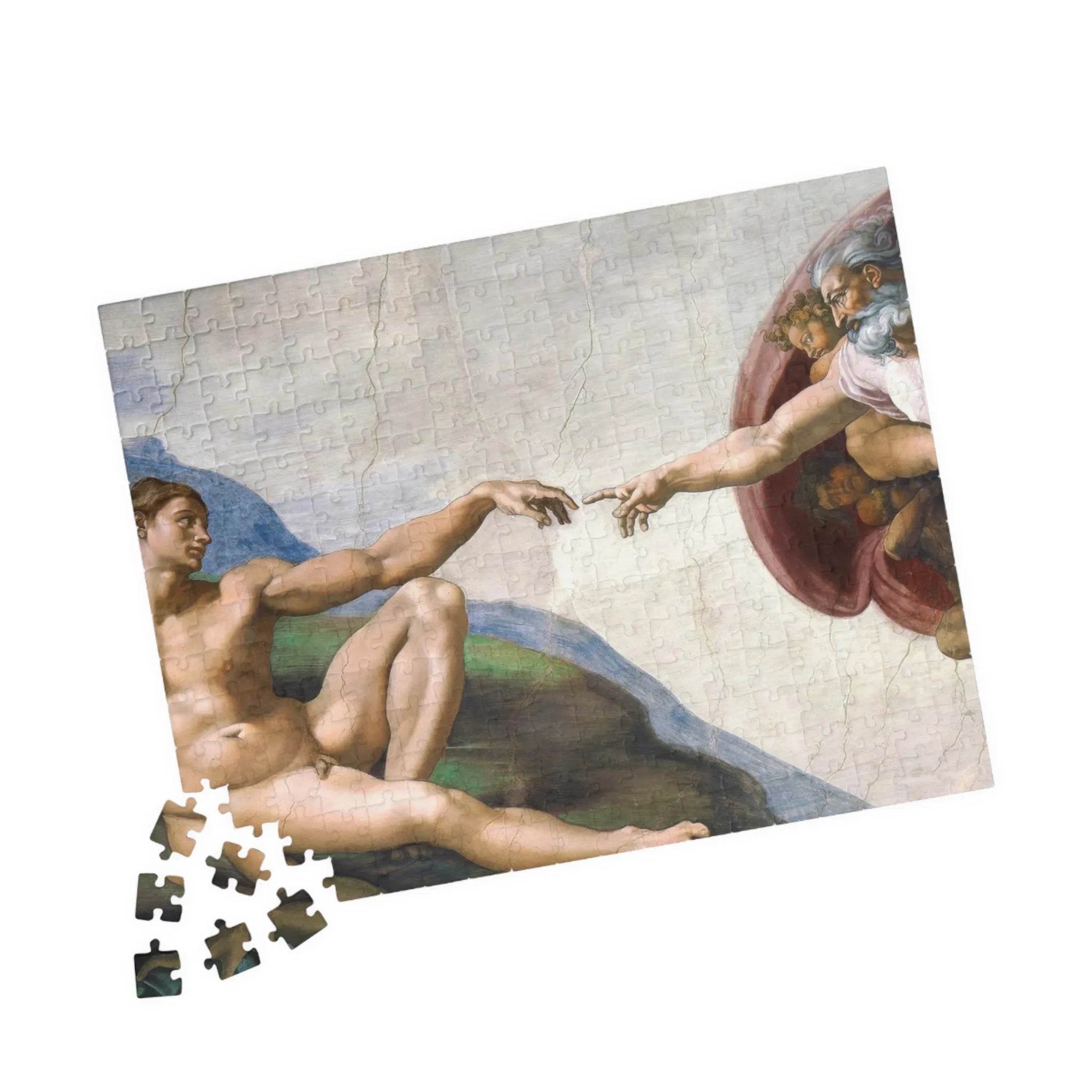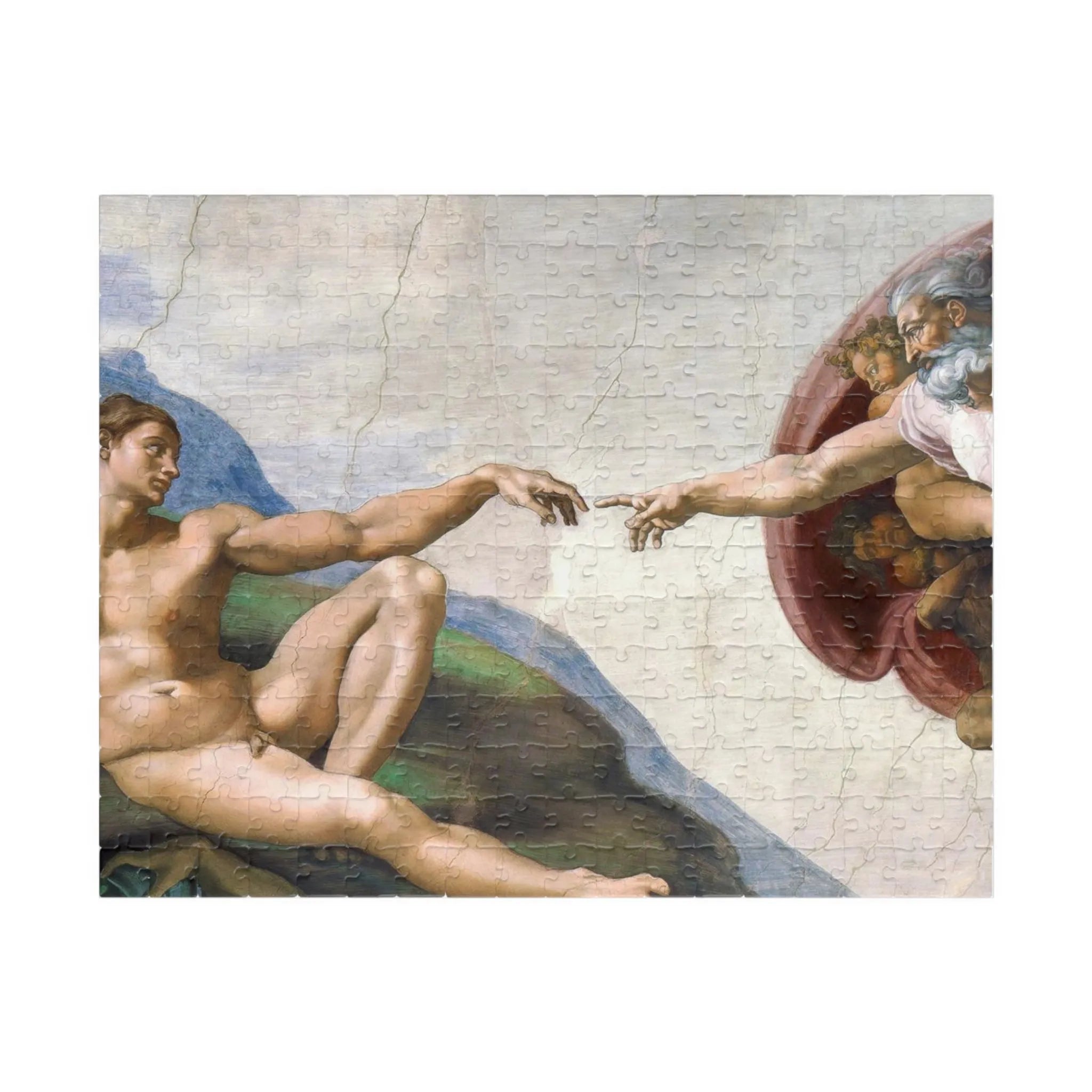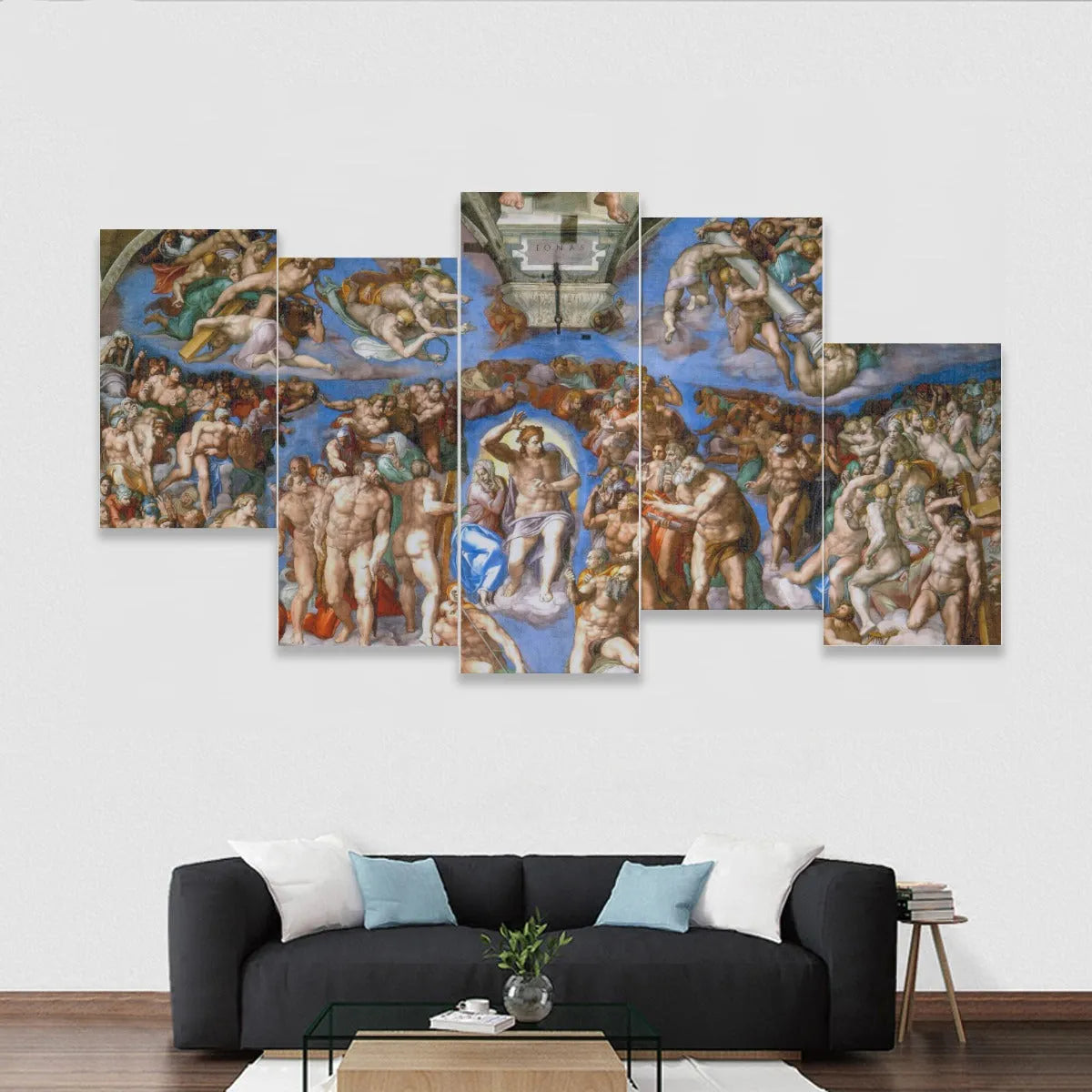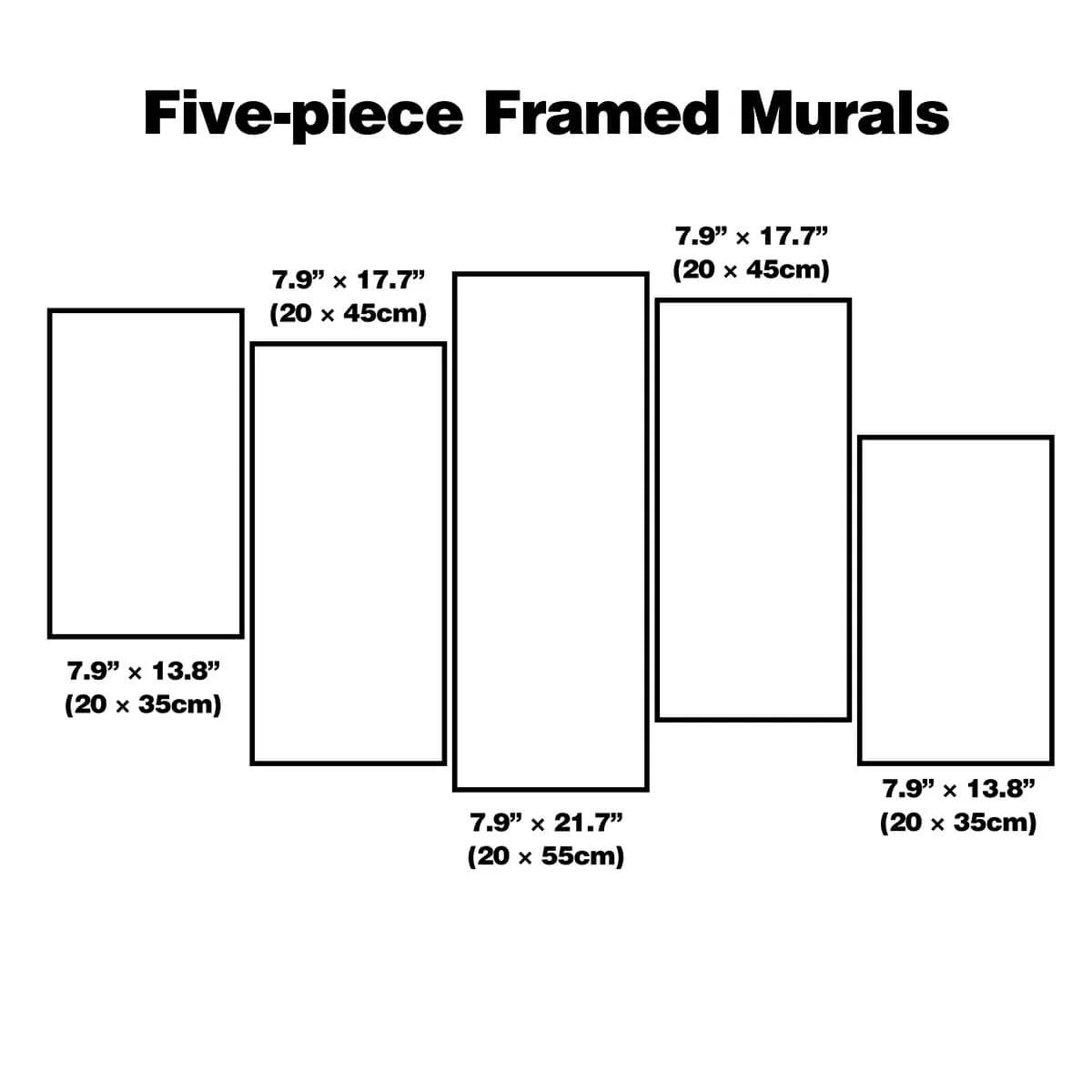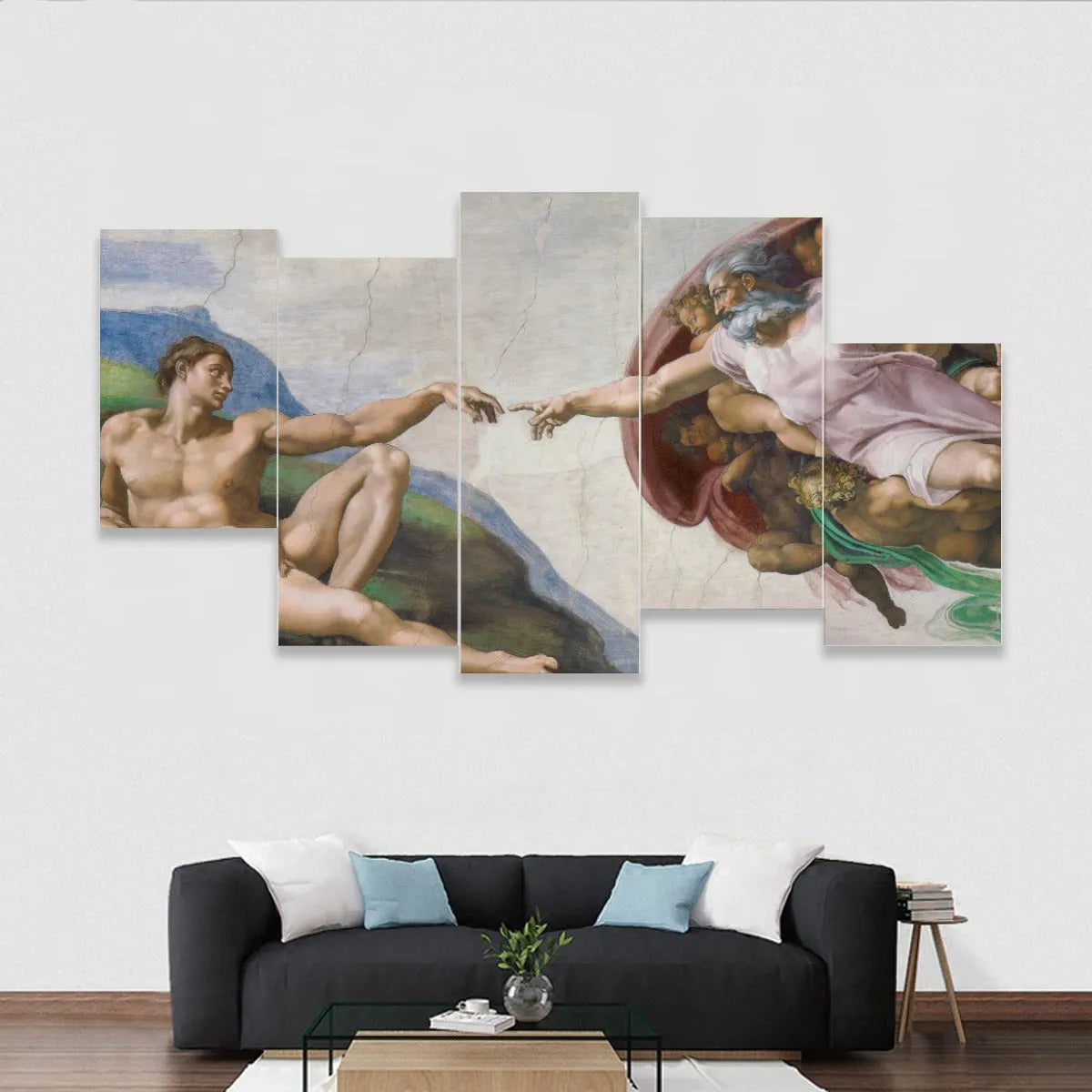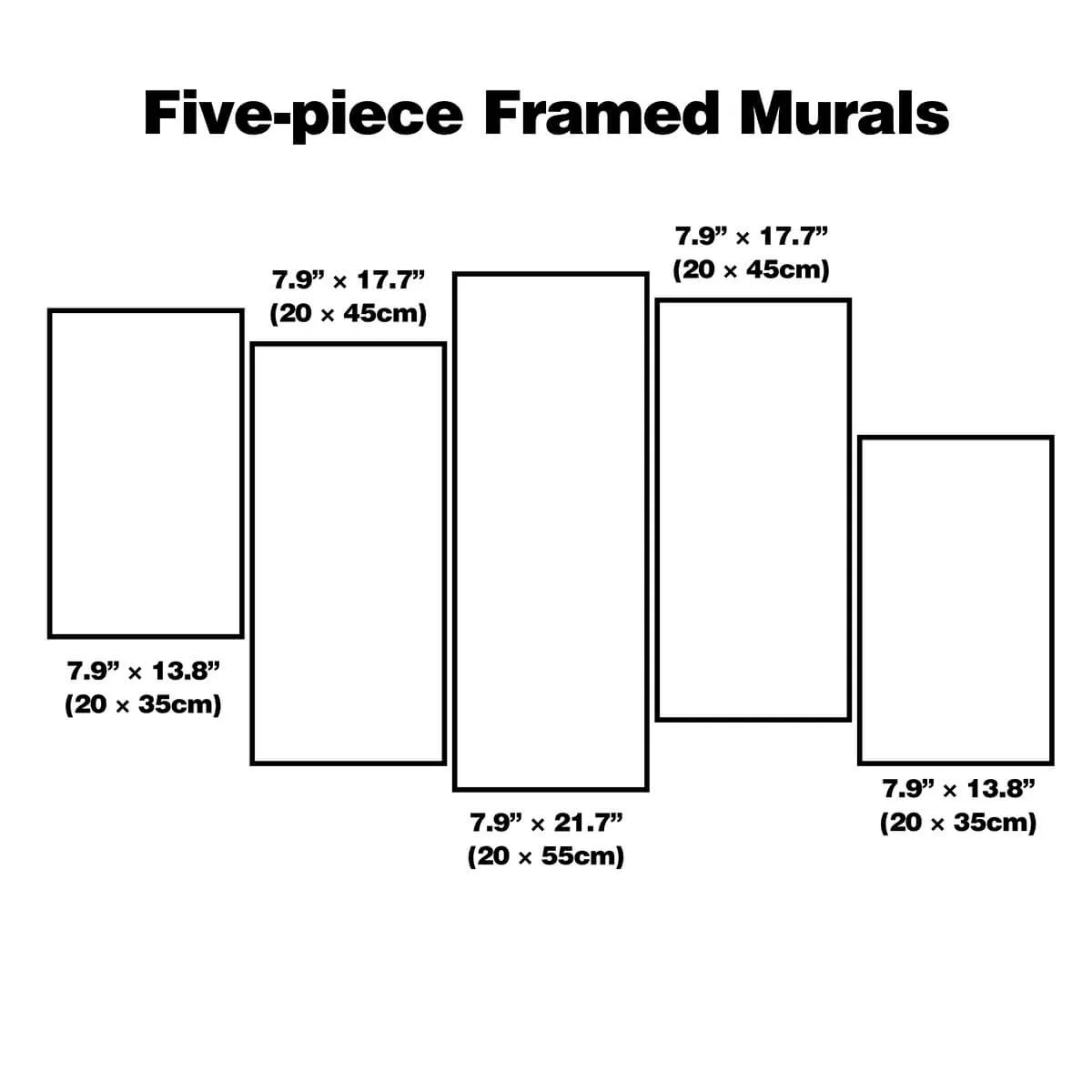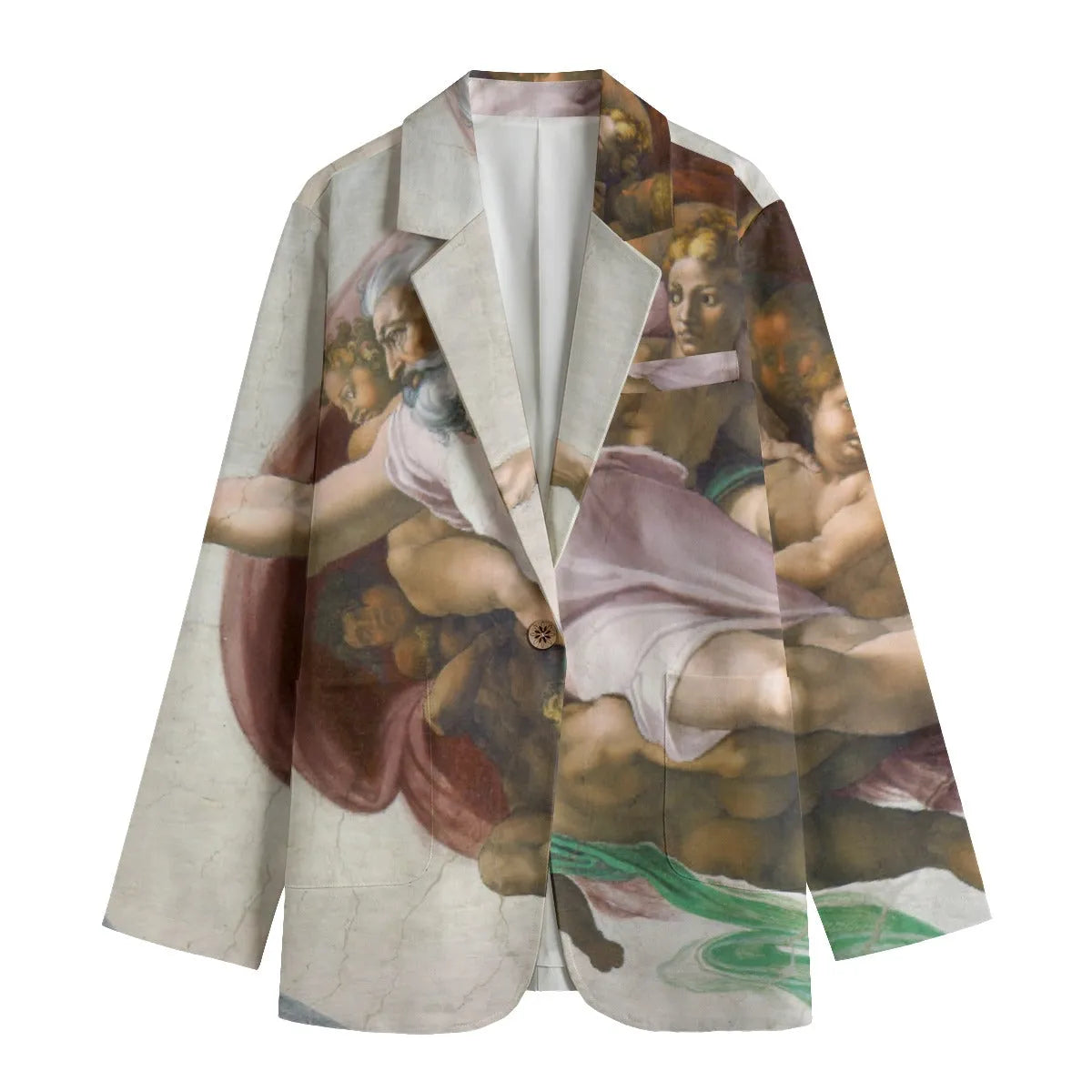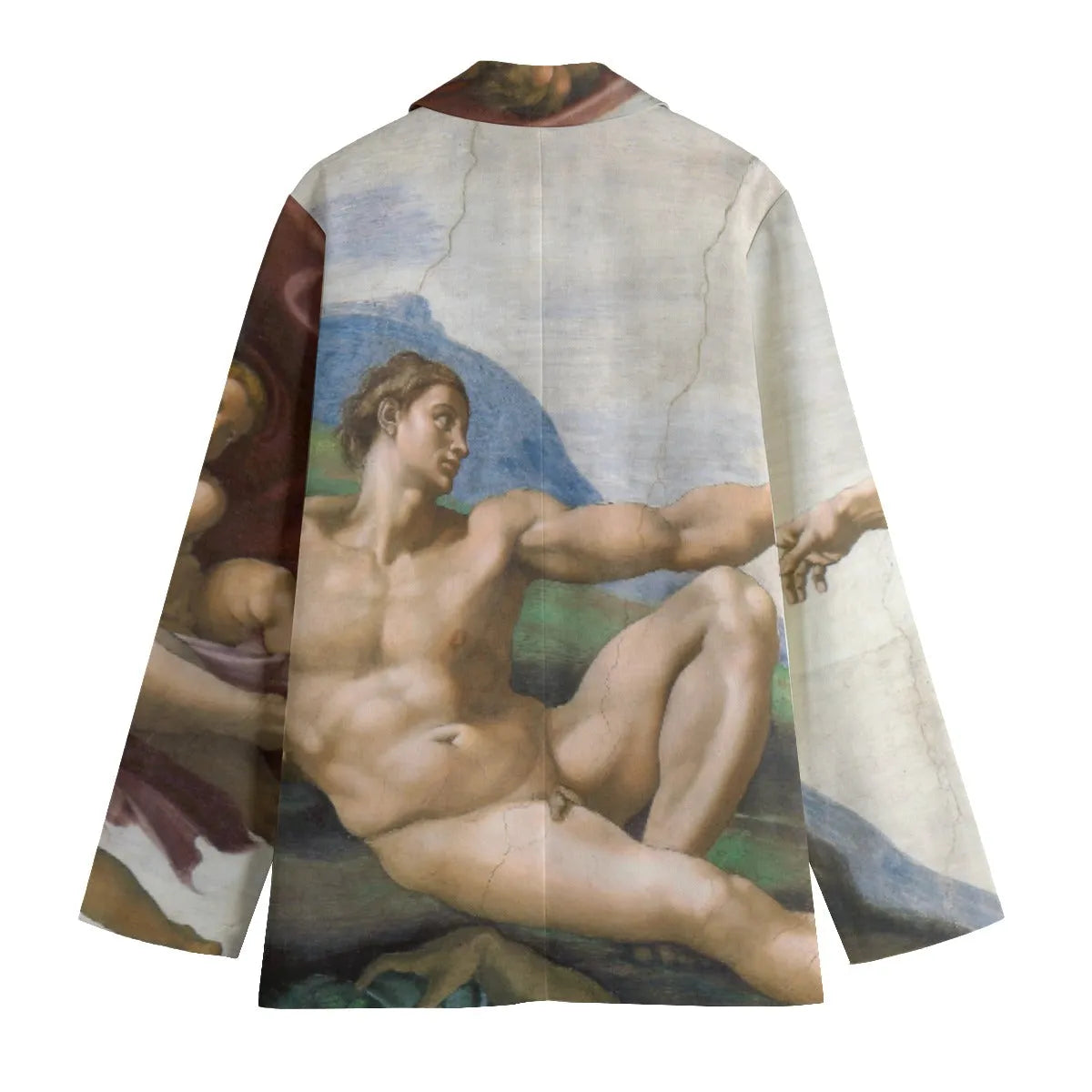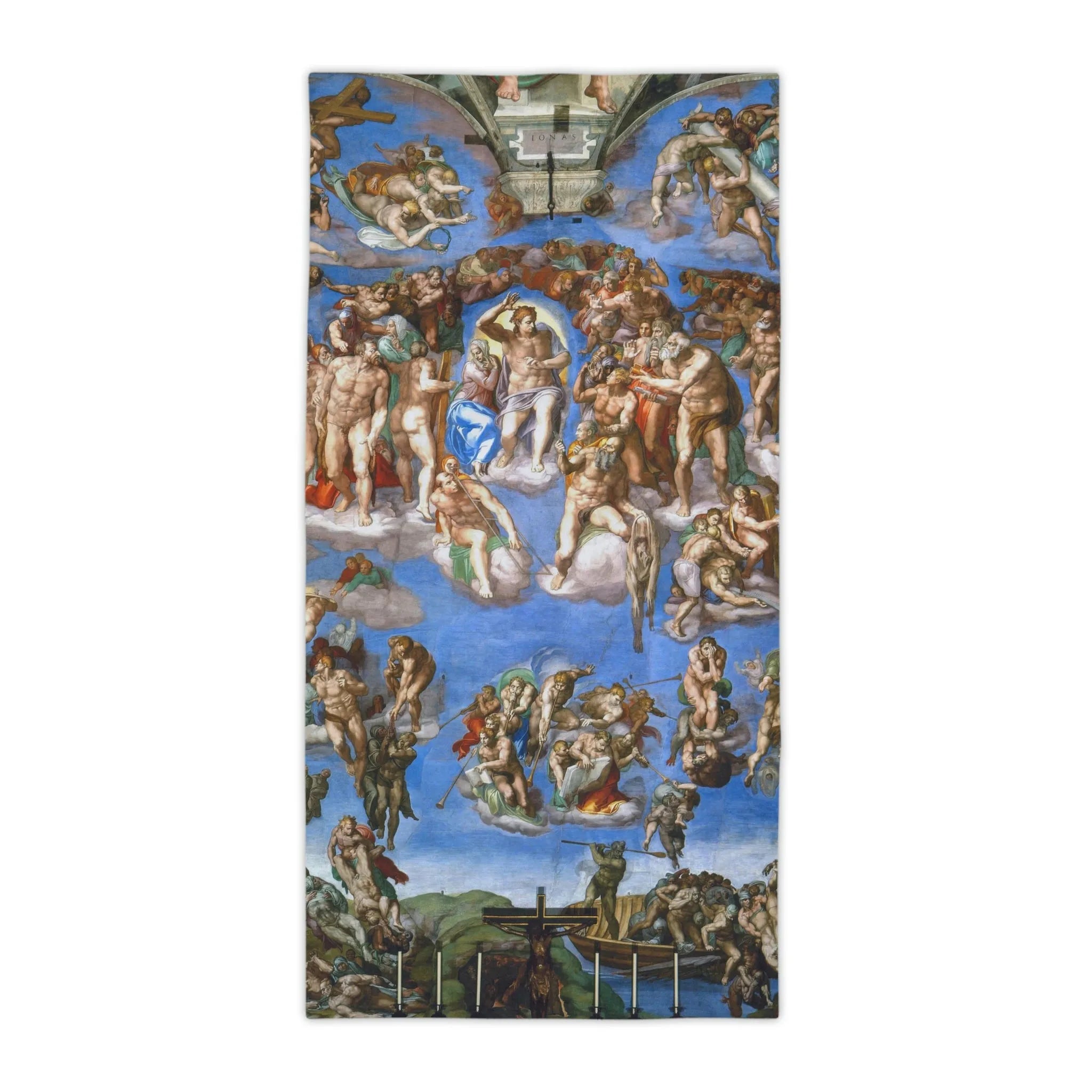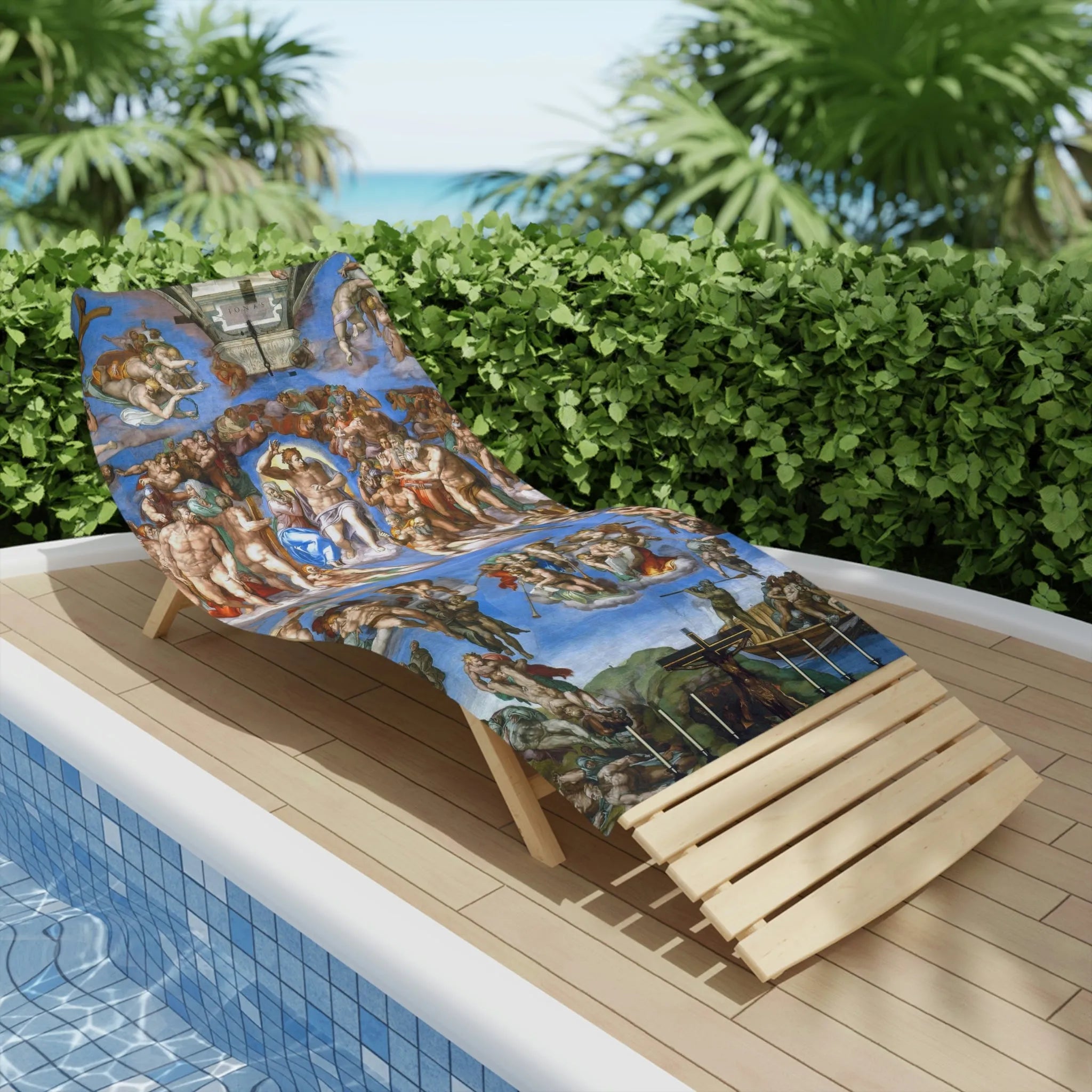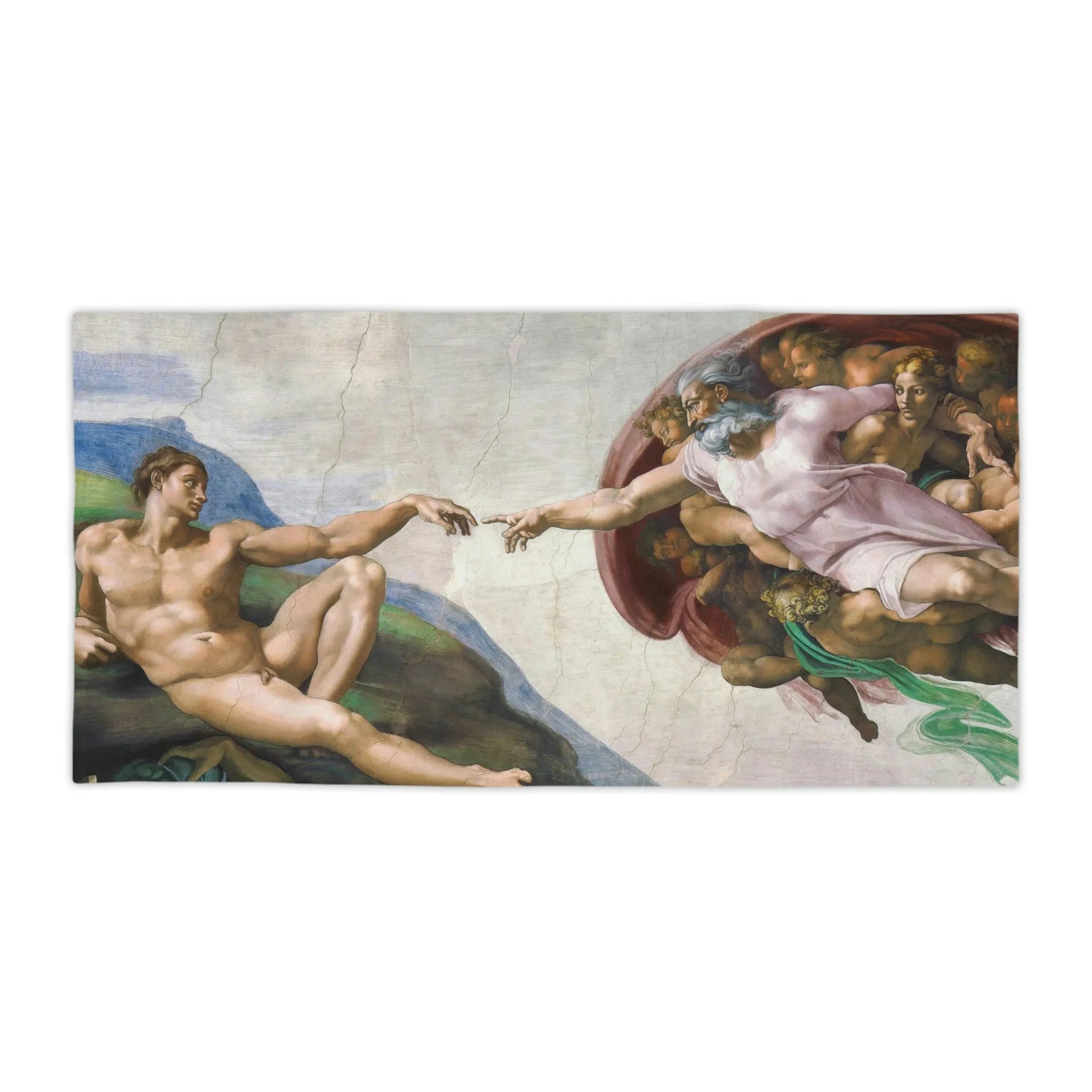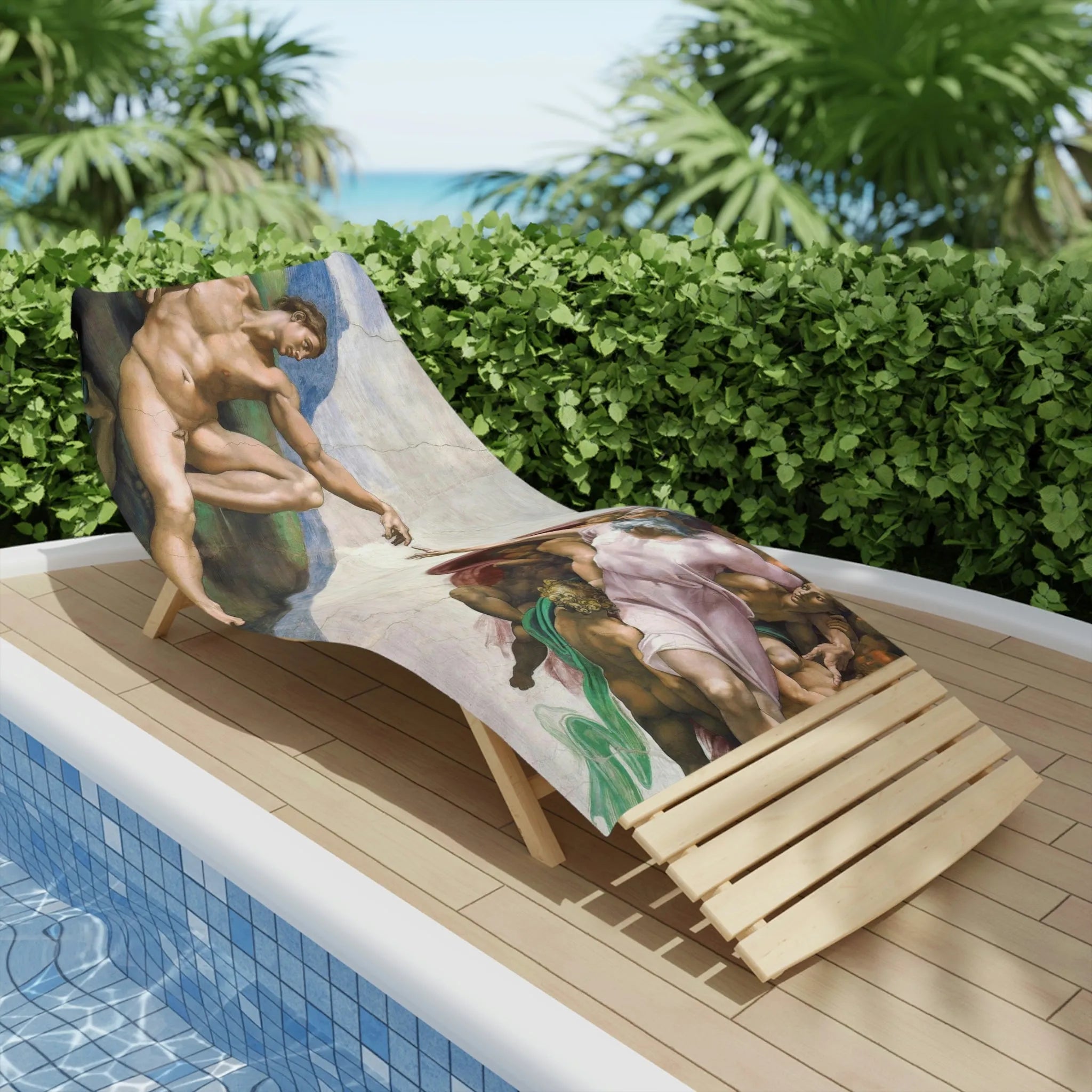Michelangelo di Lodovico Buonarroti Simoni, known simply as Michelangelo, was born on March 6, 1475, in Caprese, Republic of Florence. He was the second of five sons of a banker and a housewife. He showed an early interest in art and was... Read more
Michelangelo di Lodovico Buonarroti Simoni, known simply as Michelangelo, was born on March 6, 1475, in Caprese, Republic of Florence. He was the second of five sons of a banker and a housewife. He showed an early interest in art and was apprenticed to the painter Domenico Ghirlandaio at the age of 13. He then studied sculpture in the garden of Lorenzo de’ Medici, the ruler of Florence and a patron of the arts. There, he met some of the most influential artists and thinkers of the Renaissance, such as Leonardo da Vinci, Sandro Botticelli, and Pico della Mirandola.
Michelangelo’s artistic career spanned more than seven decades, during which he produced some of the most iconic and influential works of art in history. He worked in various media, including marble, bronze, wood, fresco, and oil. He also designed buildings, such as the Laurentian Library and the dome of St. Peter’s Basilica. He was a master of anatomy, perspective, and expression, and his works reflect his deep knowledge of classical and biblical themes, as well as his personal and spiritual struggles.
Michelangelo's The Most famous works
- David (1501-1504): A colossal marble statue of the biblical hero, commissioned by the city of Florence to symbolize its strength and independence. It is considered one of the finest examples of Renaissance sculpture and a symbol of humanism and civic pride. It is currently displayed at the Galleria dell’Accademia in Florence.
- Pieta (1498-1499): A marble sculpture of the Virgin Mary holding the dead body of Jesus, commissioned by a French cardinal for his tomb in St. Peter’s Basilica. It is one of the most moving and realistic representations of grief and compassion in art. It is the only work that Michelangelo signed, on the sash across Mary’s chest.
- Sistine Chapel ceiling (1508-1512): A series of frescoes depicting scenes from the Book of Genesis, commissioned by Pope Julius II for the ceiling of the Papal Chapel in the Vatican. It is one of the most complex and ambitious artistic projects ever undertaken, involving over 300 figures and covering more than 500 square meters. It includes the famous Creation of Adam, in which God and Adam touch fingers, and the Last Judgment, in which Christ judges the souls of the dead. It is widely regarded as one of the greatest masterpieces of painting and a testament to Michelangelo’s genius and creativity.
Michelangelo: The Master of the Renaissance
Michelangelo was one of the most influential artists of the Renaissance, who shaped the development of Western art in various media and genres. He influenced the artistic styles of the High Renaissance, Mannerism, and Baroque, and inspired many artists who followed him. Here are some ways that Michelangelo influenced the art world:
- He created two of the most influential frescoes in the history of Western art: the scenes from Genesis on the ceiling of the Sistine Chapel, and The Last Judgment on its altar wall. These works demonstrate his mastery of anatomy, perspective, composition, and expression, and his ability to convey complex and profound themes through visual storytelling. They also set new standards for the scale and ambition of painting and challenged the conventions of religious art. His frescoes influenced many painters, such as Raphael, Correggio, Rubens, and Michelangelo Merisi da Caravaggio.
- He sculpted some of the most iconic and realistic representations of the human form, such as David, the Pieta, and Moses. He used marble as his preferred material, and carved it with great skill and precision, revealing the beauty and emotion of his subjects. He also experimented with different poses, expressions, and proportions, creating dynamic and expressive sculptures that capture the essence of his characters. His sculptures influenced many sculptors, such as Gian Lorenzo Bernini, Auguste Rodin, and Henry Moore.
- He designed buildings and architectural elements, such as the Laurentian Library, the dome of St. Peter’s Basilica, and the Medici Chapel. He applied his knowledge of classical architecture and his artistic vision to create innovative and harmonious structures that reflect his aesthetic and functional ideals. He also introduced elements of Mannerism and Baroque, such as curves, contrasts, and ornamentation, that influenced the later development of these styles. His architecture influenced many architects, such as Andrea Palladio, Christopher Wren, and Frank Lloyd Wright.
- He left behind many drawings, sketches, and poems, that reveal his creative process, his artistic theories, and his personal thoughts and feelings. He used drawing as a way of exploring and expressing his ideas and as a preparation for his larger works. He also wrote poems, mostly sonnets, that reflect his love, faith, and artistic aspirations. His drawings and poems influenced many artists and writers, such as Leonardo da Vinci, William Blake, and John Keats.
Michelangelo’s impact on the Renaissance and beyond is undeniable. He was the first Western artist whose biography was published while he was alive, and he was widely admired and respected by his contemporaries and successors. He was a versatile and visionary artist, who pushed the boundaries of art and created works that have endured for centuries. He is widely regarded as one of the greatest artists of all time and a symbol of humanism and creativity.

